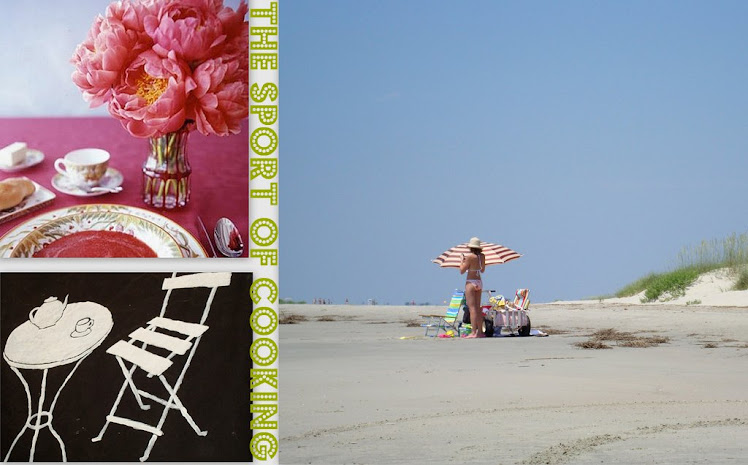
Ingredients
6 pounds cucumbers (about 6 cucumbers), peeled, seeded, and coarsely chopped (12 cups)
2 yellow bell peppers, stem and seeds removed, coarsely chopped
4 green onions, chopped
2 jalapeno peppers, minced
2 tablespoons finely chopped fresh cilantro
1 tablespoon finely chopped fresh mint
1 tablespoon finely chopped fresh dill
3 to 4 garlic cloves, mashed to a paste with 1 teaspoon salt
2 teaspoons Essence, recipe follows
1 1/2 teaspoons salt
1/2 teaspoon cayenne pepper
3 cups plain yogurt
3 cups sour cream, divided
3 tablespoons extra-virgin olive oil
2 teaspoons white wine vinegar
2 tablespoons minced fresh chives
Directions
Combine the cucumbers, bell peppers, green onions, jalapenos, cilantro, mint, dill, garlic, Essence, salt, cayenne, yogurt, 2 cups sour cream, olive oil, and white wine vinegar in a large bowl. Working in batches, puree the ingredients in a blender until very smooth. Transfer the soup to the refrigerator until well chilled, at least 2 hours. Taste and adjust the seasoning if necessary. Serve the soup, with each bowl garnished with a dollop of the remaining sour cream and some of the minced chives.
Emeril's ESSENCE Creole Seasoning (also referred to as Bayou Blast):
2 1/2 tablespoons paprika
2 tablespoons salt
2 tablespoons garlic powder
1 tablespoon black pepper
1 tablespoon onion powder
1 tablespoon cayenne pepper
1 tablespoon dried oregano
1 tablespoon dried thyme
Combine all ingredients thoroughly.
Yield: 2/3 cup
Recipe from "New New Orleans Cooking", by Emeril Lagasse and Jessie Tirsch, published by William and Morrow, 1993.
































